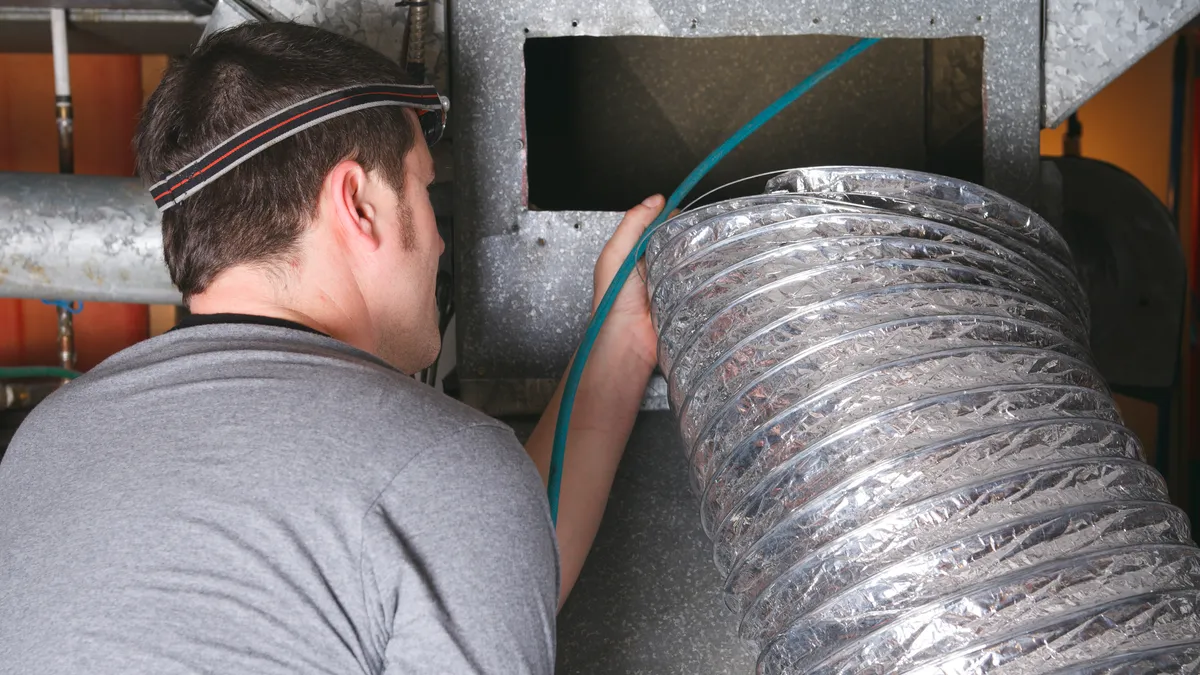Dive Brief:
- This month, the U.S. Postal Service is suspending services at certain post offices in Alaska, Washington, Rhode Island, and Ohio, according to its latest service alerts.
- These shutdowns follow a spate of closures across North Carolina, South Carolina, Oklahoma, New Mexico, Kentucky, Arkansas and Ohio in June.
- These postal service disruptions are mostly due to safety concerns, structural problems in buildings, maintenance issues and climate risks, ranging from fire and floods to extreme heat.
Dive Insight:
The USPS temporarily shuttered its post office in Underwood, Washington, due to a Tunnel Five fire, which broke out on July 2 in southeast Skamania County. The wildfire engulfed about 559 acres, destroying or damaging at least seven structures and majorly threatening another 265 homes and buildings, including 15 commercial properties, according to the Northwest Interagency Coordination Center.
The cause of the Tunnel Five fire remains under investigation. A spokesperson for the Underwood Post Office declined to provide further information. But hot weather and unpredictable winds from storm systems in nearby areas could exacerbate fires, according to InciWeb.com.
Other service disruptions this month include:
- Suspension of mail operations due to a power outage at a USPS Processing and Distribution Center in Providence, Rhode Island. The agency however said in a July 7 services alert update that power has been restored at the center.
- Building renovations that have forced a shutdown of the Dillonvale Post Office in Ohio, starting July 16. The postal office has not determined when this facility will reopen.
- Closure of the Fritz Creek Post Office in Alaska due to fire damage, according to another July 7 notification on the USPS’ services alert platform.
Several USPS facilities that closed last month are still affected, including the Pikesville Post Office in Kentucky and facilities in New Mexico, South Carolina, North Carolina, Oklahoma, Arkansas and Ohio. Reasons for these closures range from structural issues and safety concerns to fires and maintenance work.
Last year, the USPS cited “weather issues” as a reason for its decision to halt services in at least 115 offices across many U.S. states, and said that more than 200 post offices and Postal Service facilities would shed operations amid the agency’s move to consolidate those functions in larger buildings, according to the federal government’s business news daily, Government Executive.
The USPS advanced its mail delivery start time for letter carriers to 7.30 a.m. from 8.30 a.m., effective June 26, according to the National Association of Letter Carriers Branch 132 President Kimetra Lewis. The revised schedule comes after the death of Lakewood Post Office letter carrier Eugene Gates Jr. while on his route in Dallas on June 20. That day, the heat index was recorded at 113 degrees fahrenheit at 3 p.m. when the incident occurred, according to ABC affiliate WFAA.
The USPS has more than 32,000 facilities. More than 10,000 of these structures are in the potential path of climate change effects. About 1,065 facilities sustained damage from 21 weather-related natural disasters, including floods, hurricanes, and winter storms, costing USPS north of $30 million from 2015 through 2019, according to the U.S. Government Accountability Office’s analysis of USPS data in 2021.
The Postal Service has taken measures to add climate resilience requirements to its facility guidance and evolve a mapping tool to study climate data in its facility investment process. But these data are currently used at the end of the process, the GAO noted. The congressional watchdog recommends using these data earlier on in the process, as part of preliminary planning steps, so that USPS facilities can be more resilient to climate change and avoid shutdowns and postal service disruptions.














